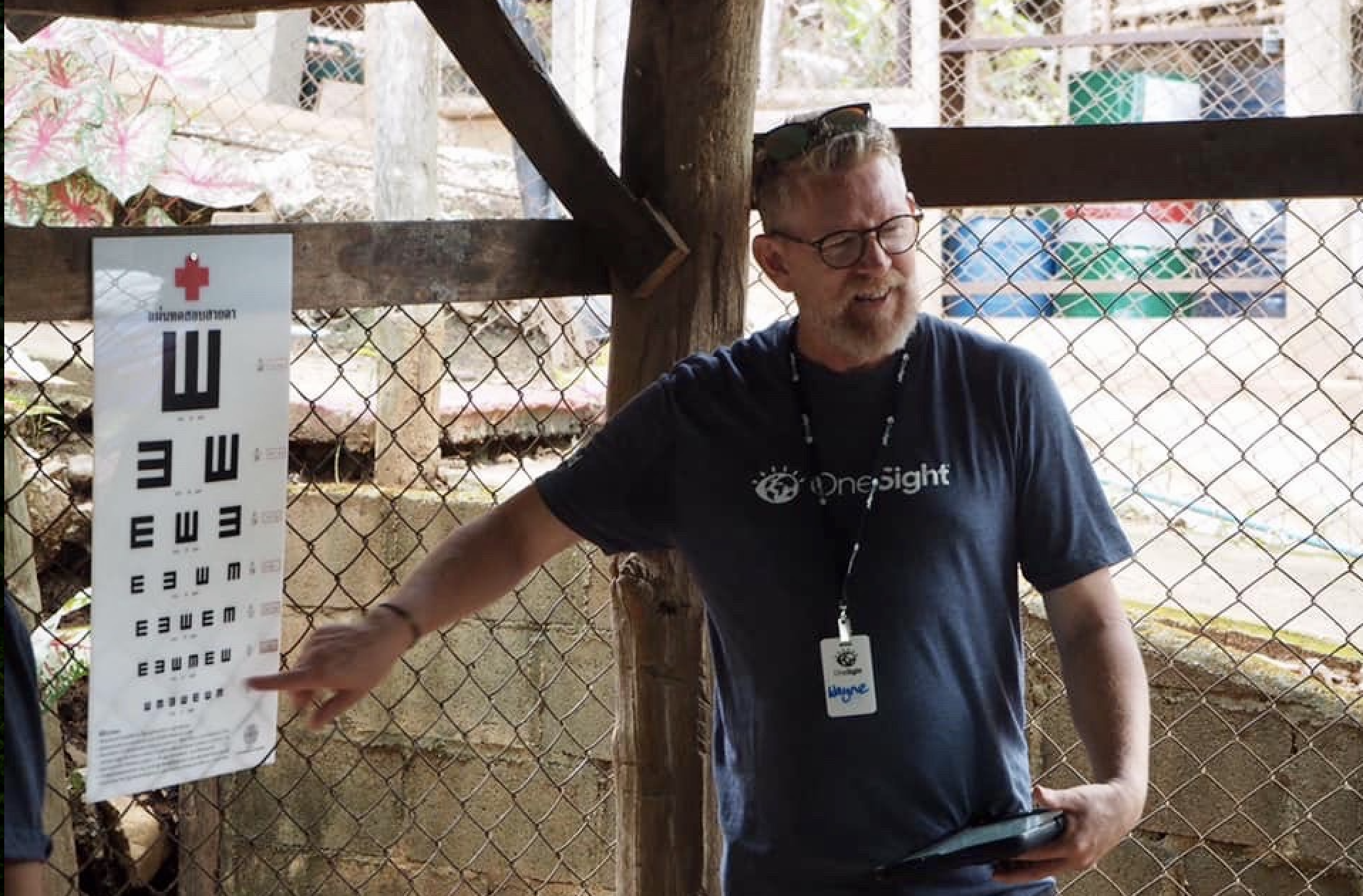As part of our ongoing mission to bring vision care access to everyone, we’ve continued to work towards expanding our reach to include remote or hard-to-reach populations. From the Amazon River Basin to the mountains of Nepal, we’re committed to going the extra mile to ensure that every person has access to vision care – even if it’s challenging. And thankfully, we’re backed by a team of individuals who are up for any challenge if it means helping others see their world clearly.

We asked OneSight’s Country Manager of Australia and New Zealand, Wayne Hogan, to share his experience in bringing vision care access to remote territories. Wayne has worked with OneSight for more than a decade and is passionate about serving those in need around the world – including communities within his own country. Here’s what he had to say:
How does OneSight choose what remote areas to enter into?
We use a framework based around access, availability & affordability, combined with global need studies to help determine communities to prioritize around the globe. In Australia & New Zealand, we also work in remote Indigenous & Maori communities to bring help to people who have lower rates of access than their more populated city-based cousins.
What challenges does accessing remote territories bring about?
As we use a large percentage of volunteer labour, safety must always be the number one priority. Often times the need is greatest in the most remote locations & remote locations are, as the name suggests… remote. We must never compromise the safety of our volunteers when trying to reach our beneficiaries.
How do you adapt your clinic model to meet the unique needs of each remote region?
No two clinics are the same & for that reason, we must have a flexible clinic model. Some clinics in bigger cities can handle shipping large quantities of equipment & stock. Others may need to be flown in and out, requiring every single piece of equipment to be hand-carried, as shipping it in is not a time nor cost-effective option. In these cases, we’ll typically take smaller clinic teams who can hand carry sample frames & portable testing equipment. Since we can’t carry our heavy lab equipment to the site, we’ll ship the prescribed glasses back to the community in the weeks following the clinic.
How do you prepare a team to enter into a remote territory?
We provide cultural training workshops for all volunteers preparing to travel to Indigenous communities. It is important that people have an understanding of traditional backgrounds, practices & are armed with an insight into the sensitivities of the places they may be visiting.
What are clinics generally like in these territories?
Not everyone is cut out for working in remote locations. It can be hard, uncomfortable work in places of limited infrastructure with very different cultural approaches. Catering to your normal dietary & comfort needs that you might have back at home can sometimes take a back seat to getting the job done. And for that reason, you need to have a team focused on serving others versus being comfortable. The positives of providing vision care to someone that you know would not have any access to it, if not for the work that you are doing, far outweighs a couple of days without your soft bed & favourite Thai curry at home.
Describe a remote territory you’ve led a clinic in before. What was your experience?
My first experience at a remote clinic was a four-week long travel clinic. We drove a group of 4WD’s across some of the hardest roads in Australia to bring ophthalmology services to patients in need within remote townships. In one of these tiny communities, we had a young man brought into the hospital who had been involved in a machinery accident & was in need of life-saving medical attention. In spite of the fact that none of the 3 ophthalmologists had practiced general medicine for more than 30 years, they sprang into action to stabilize the young man until the Royal Flying Doctors aircraft could be flown in. We learned the next day that unfortunately, the young man had lost his leg, but that he was very much alive thanks to the quick work of the doctors.
While this was far beyond what we would expect to see on a standard optical clinic, it reinforced to me that people in remote communities are in desperate need of all kinds of services that people in developed cities & nations take for granted. I was hooked.
OneSight is on a mission to bring vision care access to everyone, everywhere – no matter their location or background. Explore our solutions.